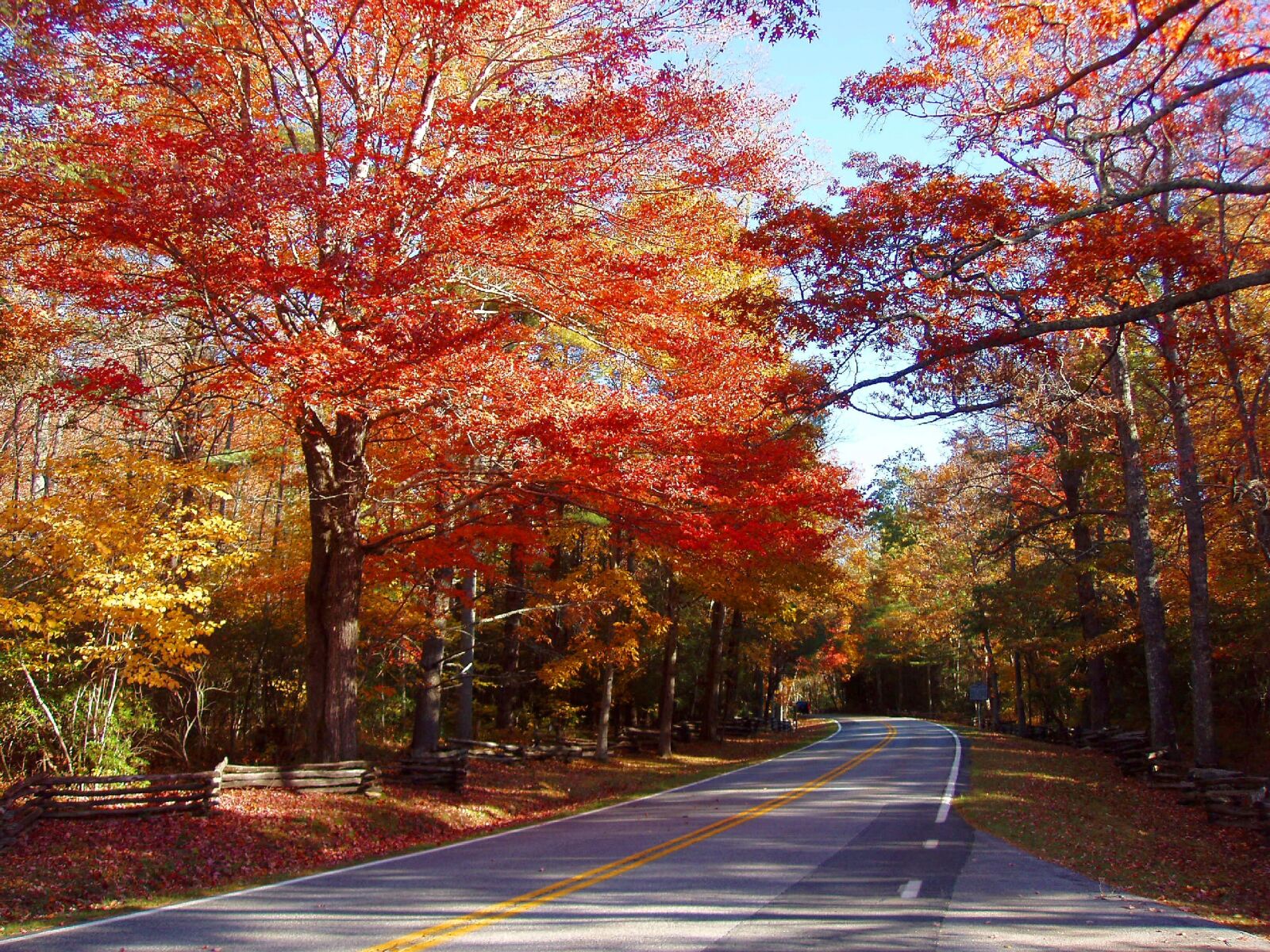Today, the general public is welcomed into National Forests across the U.S. – our shared public estate. However, this wasn’t always the case. Large tracts of forest land were once the moniker of the rich and famous, serving as private, exclusive playgrounds. But, it turns out that these private estates were also an important component of early American forestry. And, in the case of the Vanderbilt family’s Biltmore Estate, a portion of their private grounds is now incorporated into the Pisgah National Forest, free and open to the public once more.

The U.S. government has acquired the land for National Forests from a variety of sources. What was once part of the massive Biltmore Estate grounds is now the Pisgah National Forest. Without the early management and leadership of the Vanderbilt family, American forestry would not have had its early beginnings.
George Vanderbilt decided to make Western North Carolina his home as a place where he could pursue his passions away from the city. Near Ashville, the Biltmore Estate was built over the course of six years from 1889-1895. For the construction of the mansion, the estate had its own brick factory, woodworking shop and a three-mile railway spur for transporting materials to the site.
Once completed, the mansion had four acres of floor space, 250 rooms, 34 bedrooms, 43 bathrooms and 65 fireplaces. The basement had a swimming pool, gymnasium with changing rooms, bowling alley, servants’ quarters, kitchens and more. In addition to the lavish house, the estate included 125,000 acres of grounds designed by Frederick Law Olmsted, the creator of New York’s Central Park and the father of American landscape architecture.
The grounds that Olmsted designed included a small pleasure ground and garden, a major arboretum and nursery and a systematically managed forest. He hoped that creating a managed forest would serve as an example for the rest of the country. The land purchased for Biltmore had previously been cleared for farming and timber. Olmsted prepared instructions and trained foremen to improve the existing woodland by removing poorly formed and damaged trees and reforesting eroded and worn out farmland. By 1891 he had planted 300 acres with white pine. As Olmsted executed his forestry improvements, he documented his work in one of the earliest known forest management plans, “Project of Operations for Improving the Forest of Biltmore.”
In 1892 Olmsted hired a trained forester by the name of Gifford Pinchot, who would eventually go on to become the first Chief of the U.S. Forest Service. Pinchot implemented a management plan that improved the forest while returning a profit to the landowner, the first of its kind in America and served as a national model. After Pinchot left the estate for Washington D.C. to head the Division of Forestry, German forester Dr. Carl A. Schenck took charge of the forest, which in 1895 totaled more than 100,000 acres.
Shortly after Schenck arrived, he established the Biltmore Forest School—the first of its kind. During its fifteen years of existence, the school educated more than 300 students who would go on to becoming the first generation of American foresters.
In 1914, Edith Vanderbilt sold approximately 86,700 acres of the estate’s forested mountain land, known as Pisgah Forest, to the federal government, creating the Pisgah National Forest. Today the remaining forest at the Biltmore estate continues to be managed with the guiding principles set by Olmsted, Pinchot and Schenck.
In 1968, 6500 acres of Pisgah were designated as The Cradle of Forestry in America. Visitors can visit this historic site within the Pisgah National Forest and learn more about these early pioneers of American forestry. Two trails at the Forest Discovery Center lead visitors back in time to seven historical buildings, a 1915 Climax logging locomotive and an antique portable sawmill.
To learn more about the Pisgah and other National Forests of North Carolina, click here.

